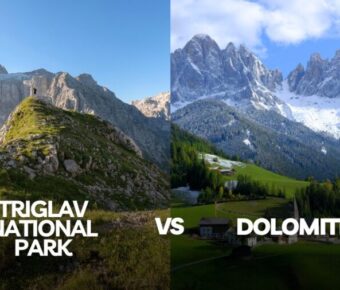
Split vs Zadar: Which Croatian Coastal Gem Offers the Better Mediterranean Experience in 2025
Croatia’s stunning Adriatic coast offers two remarkable cities that often leave travelers wondering which to visit. Split and Zadar each bring their own magic to the table, with ancient Roman ruins, sparkling beaches, and vibrant food scenes.
Most travelers prefer Split due to its larger size, richer history, and more extensive tourist infrastructure, while Zadar offers a quieter, more authentic Croatian experience away from the crowds. Both cities serve as gateways to some of Croatia’s most beautiful islands and national parks.
The Dalmatian coast sparkles between these two historic ports. Split buzzes with energy as Croatia’s second-largest city, its streets filled with cafes and its famous Diocletian’s Palace drawing visitors from around the world. Zadar charms with a more laid-back vibe, its famous Sea Organ and sunset views creating an almost magical atmosphere along the Adriatic.
Contents
- Historical Significance and UNESCO Heritage Sites
- History of Split and Diocletian’s Palace
- History of Zadar and St. Donat’s Church
- Trogir and its Cultural Importance
- Cost of Travel and Accommodation
- Budget Travel and Accommodation Options
- Boutique Hotels and Private Rentals
- Natural Wonders and National Parks
- Krka and Plitvice Lakes National Parks
- Kornati and Paklenica National Parks
- Cultural Attractions and Museums
- Galleries and Museums of Split
- Zadar’s Museum of Ancient Glass and Other Exhibits
- Beaches and Coastal Activities
- Split’s Beaches and Waterfront Attractions
- Water Sports and Relaxation in Zadar
- Nightlife, Dining, and Entertainment
- Splendid Gastronomy Scene in Split
- Zadar’s Vibrant Nightlife and Outdoor Cafes
- Transportation and Accessibility
- Navigating through Split
- Traveling In and Around Zadar
- Excursions and Day Trips
- Adventures from Split
- Island Hopping around Zadar
- Frequently Asked Questions
- What are the top attractions to visit in both Split and Zadar?
- How does the nightlife compare between Zadar and Split?
- Can you highlight the differences in historical significance between Split and Zadar?
- What are the transportation options available when traveling from Zadar to Split?
- How do the beach experiences differ in Zadar compared to Split?
- What unique cultural experiences can visitors find in Zadar and Split respectively?
- More Travel Guides
Historical Significance and UNESCO Heritage Sites
Croatia’s Dalmatian coast holds ancient treasures that span over two thousand years. Both Split and Zadar showcase remarkable Roman architecture and medieval religious buildings that tell stories of empires, cultures, and artistic achievements.
History of Split and Diocletian’s Palace

Split grew from a Roman emperor’s retirement home into a thriving medieval city. The massive Diocletian’s Palace, built in the 4th century AD, forms the heart of Split‘s old town and earned UNESCO World Heritage status in 1979.
The palace complex features four monumental gates: the Golden Gate, Silver Gate, Iron Gate, and Bronze Gate. These entrances lead to narrow limestone streets filled with shops and restaurants.
The palace basement halls reveal the original Roman architecture and layout. They’re so well preserved that parts of the TV show Game of Thrones were filmed here.
History of Zadar and St. Donat’s Church
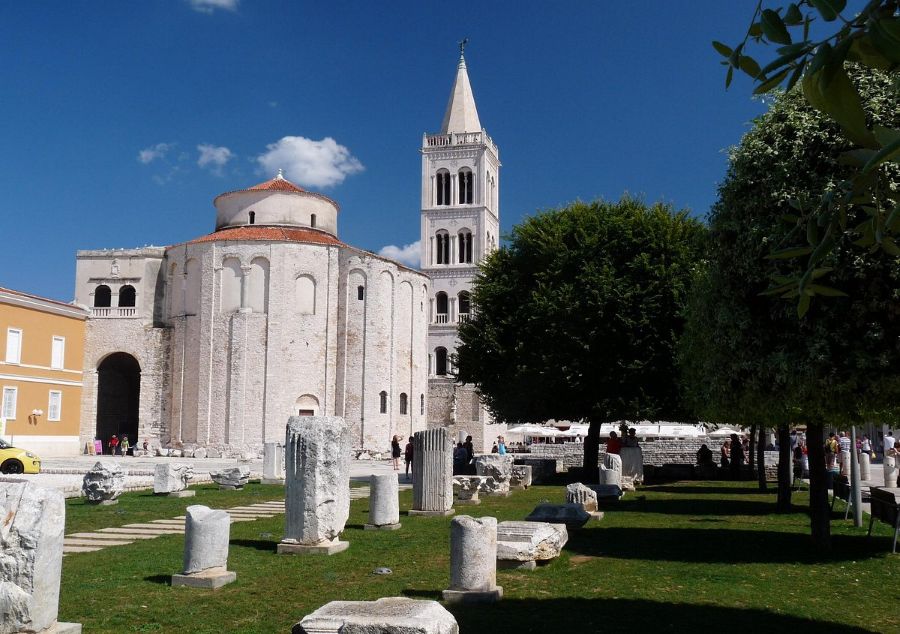
Zadar’s history dates back to Roman times, with ruins of the Roman Forum still visible in the city center. The forum was built between the 1st century BC and the 3rd century AD.
St. Donat’s Church stands as Zadar’s most famous landmark. Built in the 9th century, this pre-Romanesque church shows Byzantine influences in its unique circular design.
The church no longer holds religious services but hosts musical events due to its excellent acoustics. Its thick stone walls and cylindrical shape create an unforgettable atmosphere.
Trogir and its Cultural Importance
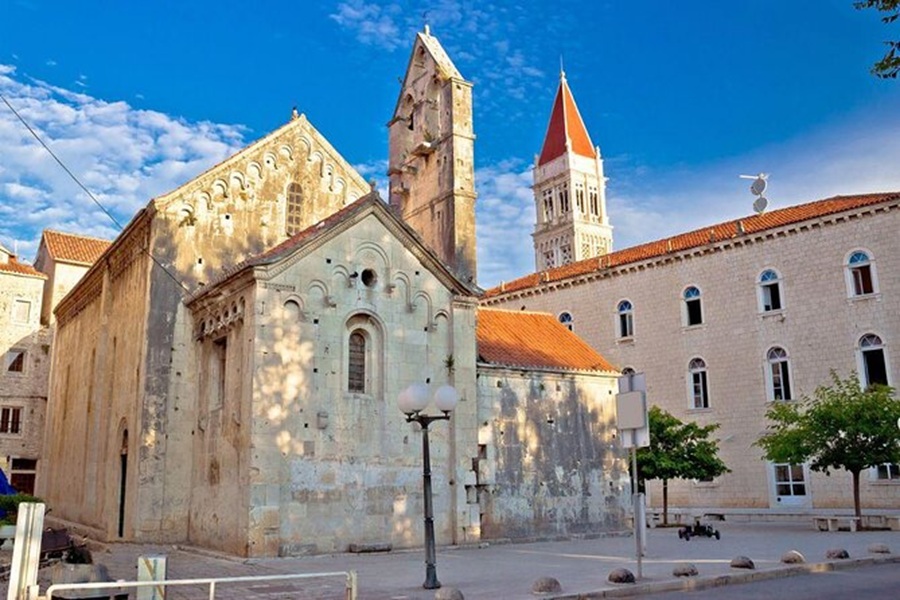
Just 30 minutes from Split lies Trogir, a small island city that gained UNESCO status in 1997. Its medieval core remains remarkably intact, with buildings spanning Romanesque, Gothic, Renaissance, and Baroque periods.
The Cathedral of St. Lawrence dominates Trogir’s skyline. Its western portal, created by Master Radovan in 1240, represents a masterpiece of Romanesque-Gothic art.
The Kamerlengo Fortress guards Trogir’s harbor, offering views of the surrounding islands. Built in the 15th century, it now serves as an open-air venue for summer events.
Cost of Travel and Accommodation
Daily expenses in Split range from $92-127 per person, while Zadar costs $72-110 per person. The price gap comes mainly from accommodation costs, with Split’s lodging typically costing 30% more than Zadar’s options.
Budget Travel and Accommodation Options
Book your perfect stay in either city without breaking the bank. Hostels in Zadar start at $20 per night for dorm beds, while Split’s hostels begin at $25. Private hostel rooms cost $43-50 in Zadar and $55-65 in Split.
Both cities offer affordable guesthouses and budget hotels. A basic double room costs $50-70 in Zadar and $65-85 in Split during peak season.
Food costs stay similar between cities. Street food and local restaurants serve meals for $8-15 per person. Grocery shopping helps cut daily food costs to $15-20.
Boutique Hotels and Private Rentals
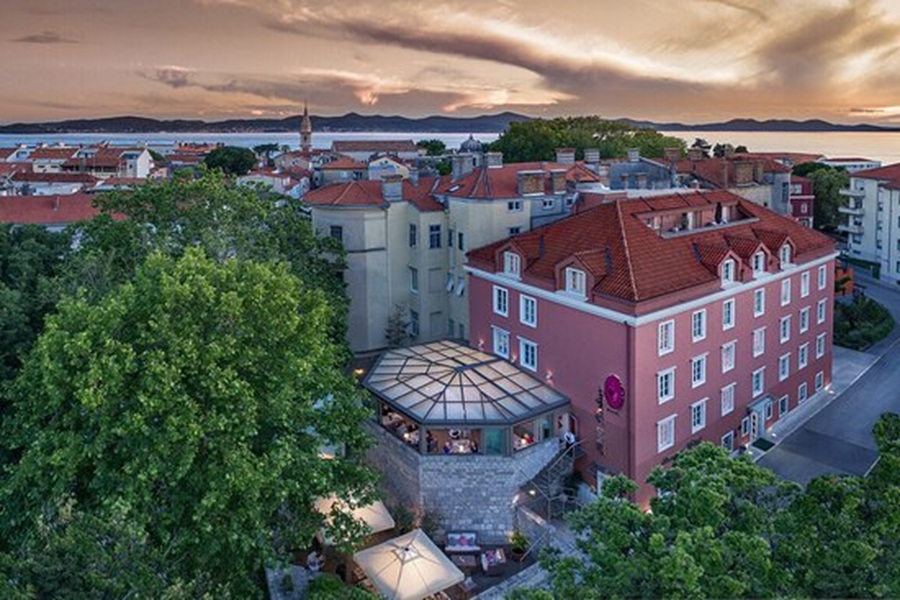
Zadar’s boutique hotels offer unique stays starting at $120 per night. Many sit in restored historic buildings with sea views and rooftop terraces.
Split charges premium rates for its boutique properties, especially those near Diocletian’s Palace. Expect to pay $150-200 per night for stylish rooms with character.
Private apartments provide great value in both cities. Zadar’s rentals start around $70 per night for a one-bedroom unit. Split’s apartments cost more at $90-120 but often include better amenities and central locations.
Natural Wonders and National Parks
Croatia’s national parks near Split and Zadar showcase some of Europe’s most stunning landscapes. From cascading waterfalls to rugged mountain peaks, these protected areas offer unforgettable natural experiences.
Krka and Plitvice Lakes National Parks
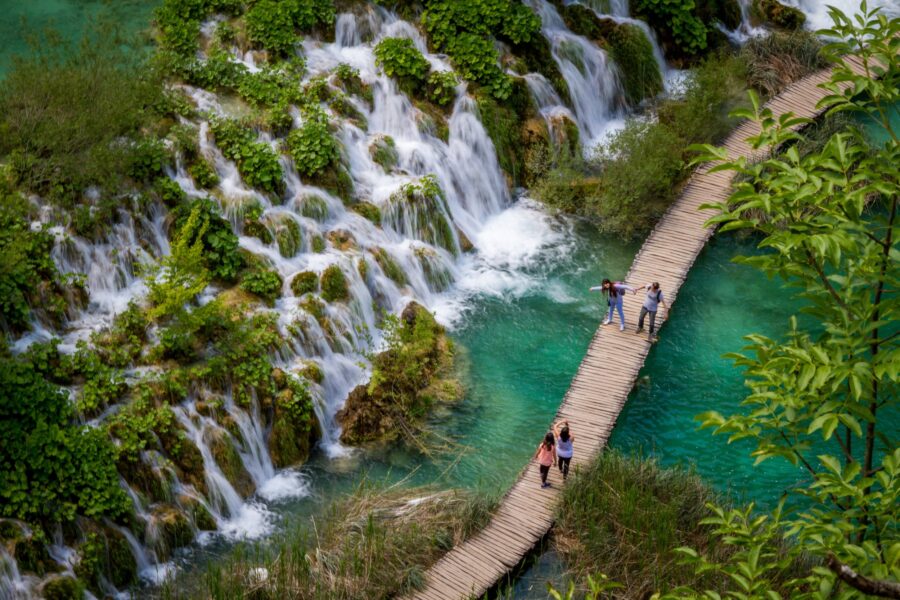
Krka National Park dazzles visitors with its seven magnificent waterfalls. The most famous, Skradinski Buk, drops 45 meters through a series of 17 steps. Swimming is allowed in designated areas during summer months.
Plitvice Lakes stands as Croatia’s oldest national park, featuring 16 interconnected lakes in stunning shades of turquoise and green. The lakes form a natural staircase, linked by dozens of waterfalls.
Wooden walkways wind through both parks, making them easy to explore. The best time to visit is spring or fall when crowds are smaller and temperatures are mild.
Kornati and Paklenica National Parks
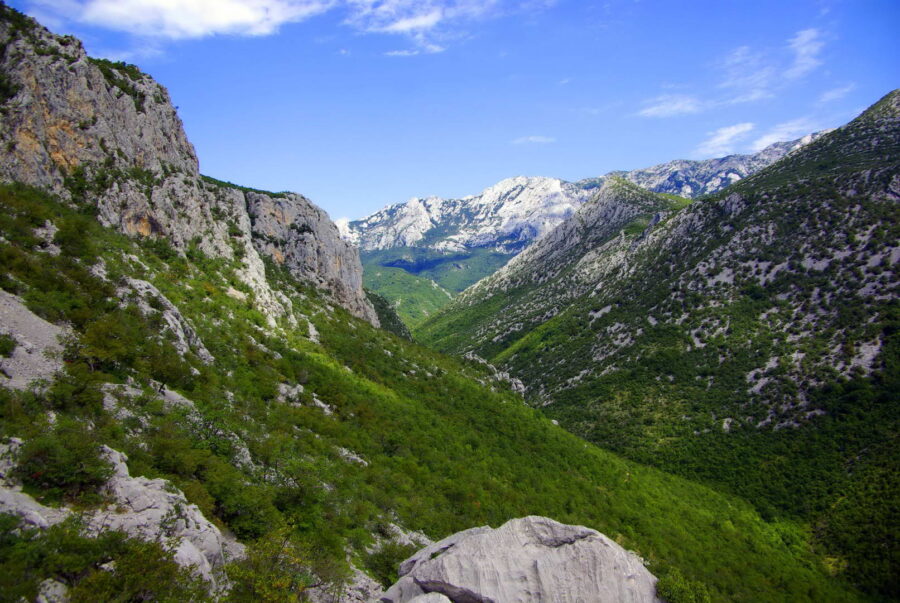
Kornati National Park spans 89 islands, making it perfect for sailing and snorkeling adventures. The stark white cliffs and crystal-clear waters create an otherworldly seascape unique to this part of the Adriatic.
Paklenica offers world-class rock climbing on its limestone cliffs. Two dramatic canyons, Velika and Mala Paklenica, cut through the Velebit mountains.
The park features over 150km of marked hiking trails. Mountain shelters dot the landscape, letting visitors tackle multi-day treks through this rugged wilderness.
The park’s diverse habitats support rare wildlife, including golden eagles and peregrine falcons.
Cultural Attractions and Museums
Split and Zadar both offer remarkable cultural experiences through their museums and galleries. Each city preserves its heritage in distinct ways, from ancient artifacts to modern art installations.
Galleries and Museums of Split
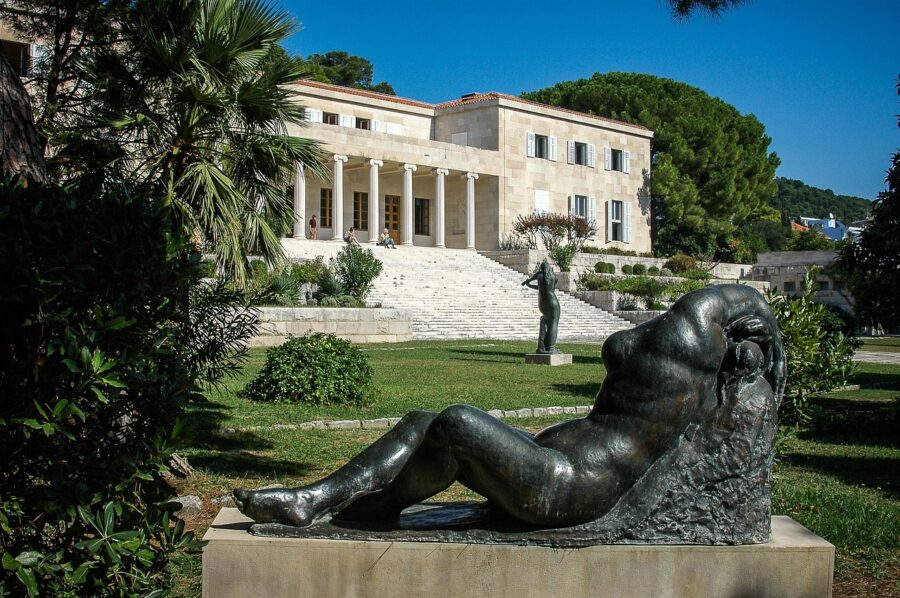
The Ivan Mestrovic Gallery stands as Split’s premier art destination. This stunning villa-turned-museum displays the masterworks of Croatia’s famous sculptor Ivan Mestrovic. The gallery’s seaside location adds to its charm.
Game of Thrones fans will love exploring Diocletian’s Palace, where several scenes were filmed. The palace basement served as Daenerys’s dragon den in the show.
The City Museum of Split, housed in the Gothic Papalic Palace, tells the story of Split through archaeological finds and historical artifacts. The collection spans from ancient Roman times to modern day.
Zadar’s Museum of Ancient Glass and Other Exhibits
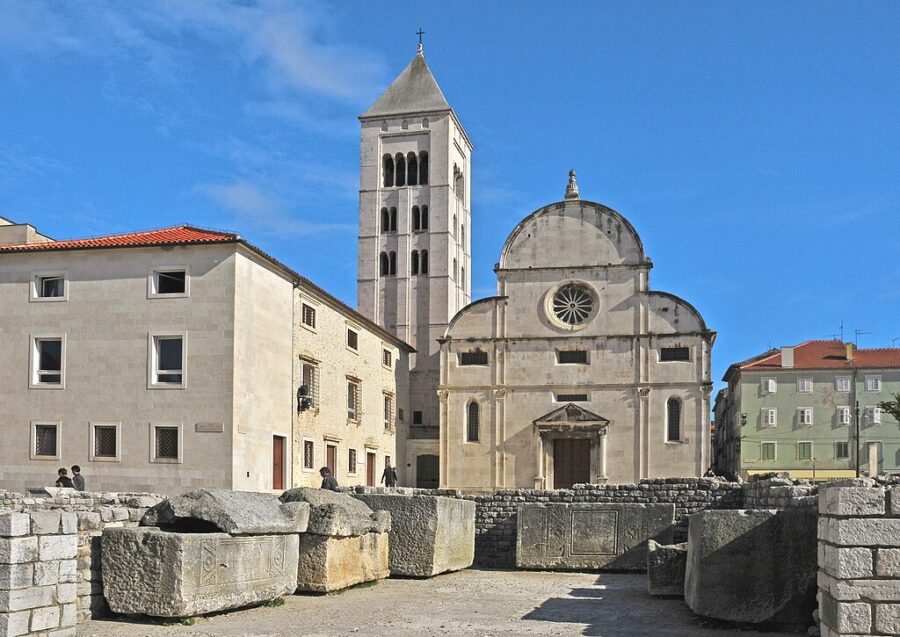
The Museum of Ancient Glass showcases one of Europe’s finest collections of Roman glassware. Live demonstrations of traditional glass-blowing techniques happen daily, making history come alive.
The Archaeological Museum houses stone monuments, jewelry, and everyday items from ancient times. Many pieces come from local excavations around Zadar.
The Museum of Illusions offers a fun, interactive experience with mind-bending exhibits. It’s perfect for families and anyone who enjoys optical tricks.
The Gold and Silver of Zadar exhibition in St. Mary’s Church displays precious religious artifacts from the middle ages. The collection includes jeweled reliquaries and ancient manuscripts.
Beaches and Coastal Activities
Both Split and Zadar boast stunning beaches and waterfront attractions that make them perfect destinations for beach lovers and water sports enthusiasts. Each city offers unique coastal experiences that set them apart.
Split’s Beaches and Waterfront Attractions

Bačvice Beach stands out as Split’s most famous stretch of sand. This shallow beach is perfect for families and is just a short walk from the city center. Locals gather here to play picigin, a traditional ball game unique to Split.
The Riva promenade buzzes with energy day and night. This palm-lined waterfront features cafes and ice cream shops where you can watch boats coming and going from the harbor.
Several pebbly beaches dot the Marjan peninsula, including Kasjuni and Bene. These quieter spots offer crystal-clear water and amazing views of nearby islands.
Water Sports and Relaxation in Zadar
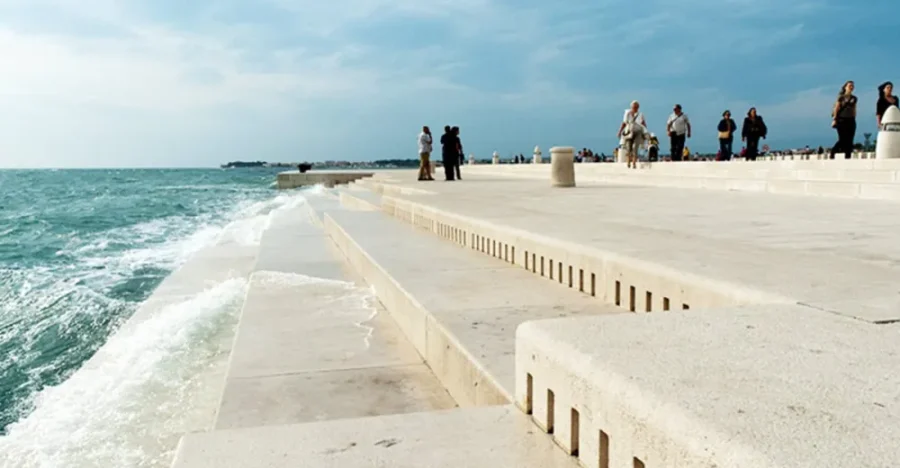
Zadar’s beaches blend perfectly with modern attractions. The Sea Organ creates mysterious melodies as waves push air through underwater pipes, making it a magical spot for sunset watching.
Kolovare Beach, the main city beach, features smooth pebbles and clear water. The beach has good facilities including showers, changing rooms, and rental spots for paddleboards and kayaks.
Borik Beach offers great snorkeling spots where you can spot colorful fish among the rocks. The calm waters make it ideal for beginners trying water sports for the first time.
Several diving centers operate from Zadar’s coast, offering trips to explore underwater caves and shipwrecks in the area.
Nightlife, Dining, and Entertainment
Split and Zadar both offer amazing food scenes and nightlife options, with each city putting its own unique spin on Dalmatian cuisine and evening entertainment.
Splendid Gastronomy Scene in Split
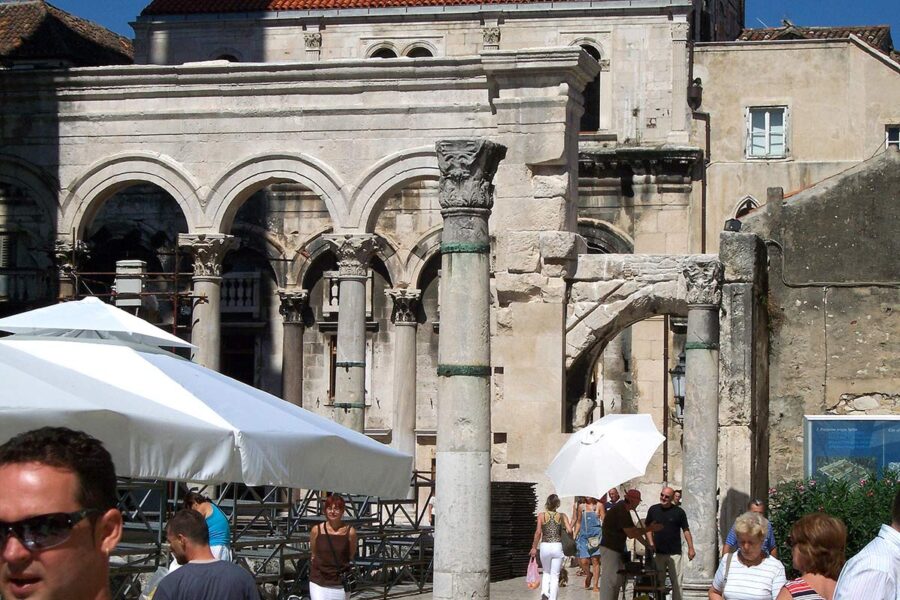
The dining scene in Split centers around fresh seafood and traditional Dalmatian recipes. Local restaurants serve grilled fish, black risotto, and pašticada – a special beef dish that’s a must-try for meat lovers.
Restaurant prices in Split are quite reasonable, with meals costing around $20 per day. Many eateries are tucked into the narrow streets of Diocletian’s Palace, creating a magical dining atmosphere.
The Popular Food Spots include:
- Green Market (fresh produce and local specialties)
- Bačvice Beach restaurants
- Old Town wine bars
- Seafood restaurants along the Riva promenade
Zadar’s Vibrant Nightlife and Outdoor Cafes
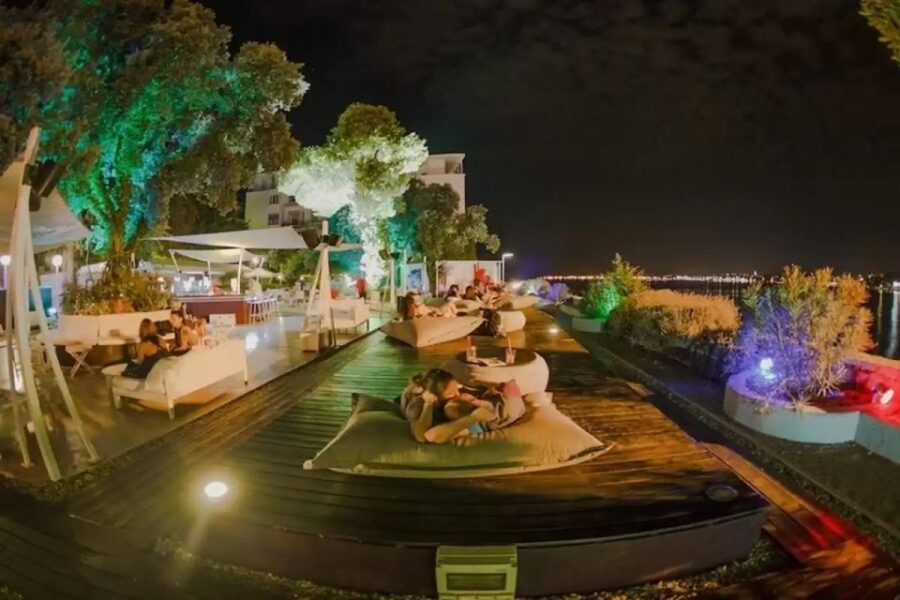
Zadar’s cafe culture comes alive in the evening hours. The Garden Lounge Bar offers stunning sunset views while you sip cocktails. Street musicians often perform near the Sea Organ, adding to the city’s charm.
Food costs slightly more in Zadar, averaging $24 per day. The city is famous for its brudet fish stew served with polenta – a dish that captures true Dalmatian flavors.
Entertainment options are abundant, with tickets to shows and attractions costing about $16 daily. The outdoor cafes along Kalelarga street stay open late, perfect for people-watching and enjoying the Mediterranean atmosphere.
Transportation and Accessibility
Split and Zadar offer different transport options for exploring Croatia’s stunning coastline and islands. Both cities make it simple to get around with buses, taxis, and ferries connecting key destinations.
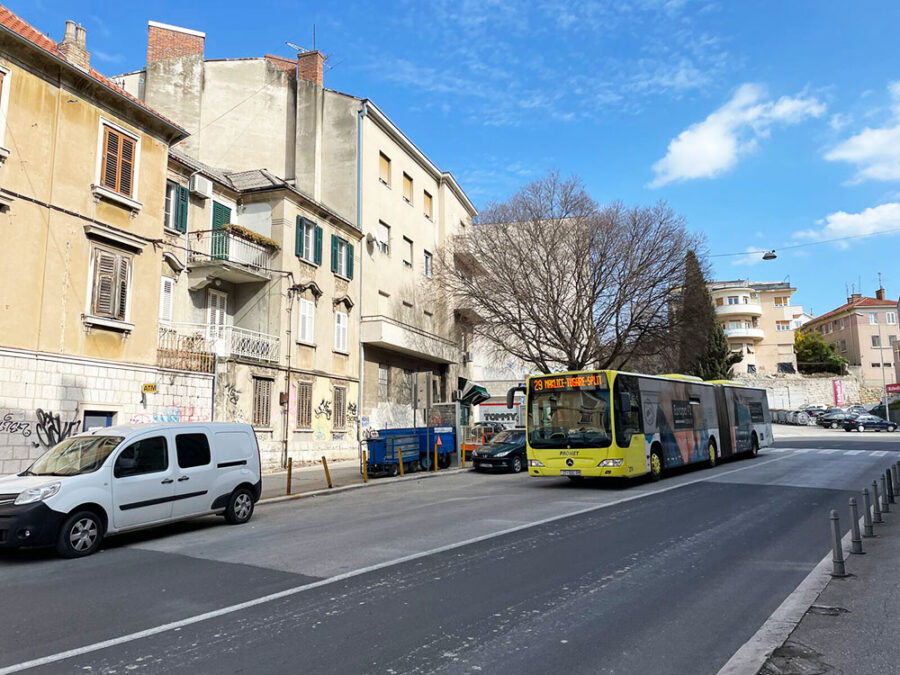
Split’s main transport hub makes getting around super easy. The central bus station sits right next to the ferry port and train station, letting travelers quickly switch between different ways of getting around.
Public buses run frequently through Split’s neighborhoods and cost about $1.50 per ride. Grabbing a taxi starts at $4, with most city trips staying under $15.
The busy ferry port links to popular Croatian islands like Hvar and Brač. Summer brings more frequent ferry service, though winter still maintains essential routes.
Traveling In and Around Zadar
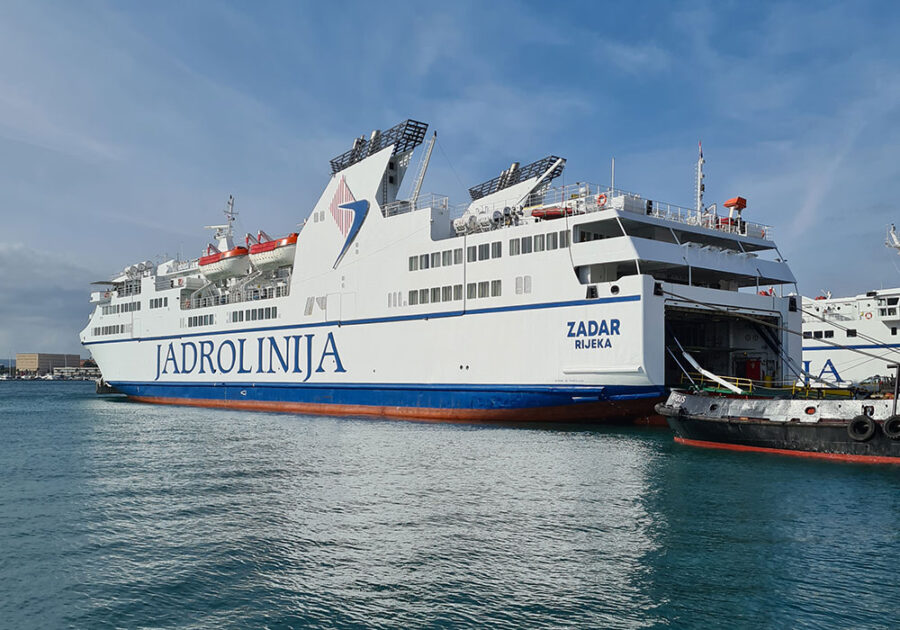
Zadar’s compact size makes walking a great choice for seeing the main sights. The local bus network covers the whole city, with single tickets priced at around $1.20.
The ferry terminal offers regular trips to nearby islands such as Dugi Otok and Ugljan. These lesser-known spots tend to be less crowded than Split’s island destinations.
Zadar’s search flights and hotels often come at lower prices than Split, especially during peak season. This makes it an attractive choice for budget-conscious travelers.
Taxis start at $3.50, and most rides within the city stay under $12. The main bus station connects Zadar to other Croatian cities with regular service throughout the day.
Excursions and Day Trips
Both cities serve as excellent bases for exploring Croatia’s stunning landscapes, historic towns, and island getaways. Travelers can find remarkable national parks, hidden beaches, and charming villages within easy reach.
Adventures from Split

Split sits near some of Croatia’s most impressive natural wonders. Krka National Park offers an easy day trip where visitors can swim beneath waterfalls and walk wooden pathways through lush forests.
The ancient town of Trogir lies just 30 minutes away, with its UNESCO-listed old town and stunning cathedral. Many travelers take boat trips to the glamorous island of Hvar to explore its lavender fields and crystal-clear bays.
The charming town of Omiš, nestled between steep cliffs, makes for an exciting excursion. Adventure seekers can try zip-lining across the Cetina River canyon or go rafting through the rapids.
Island Hopping around Zadar
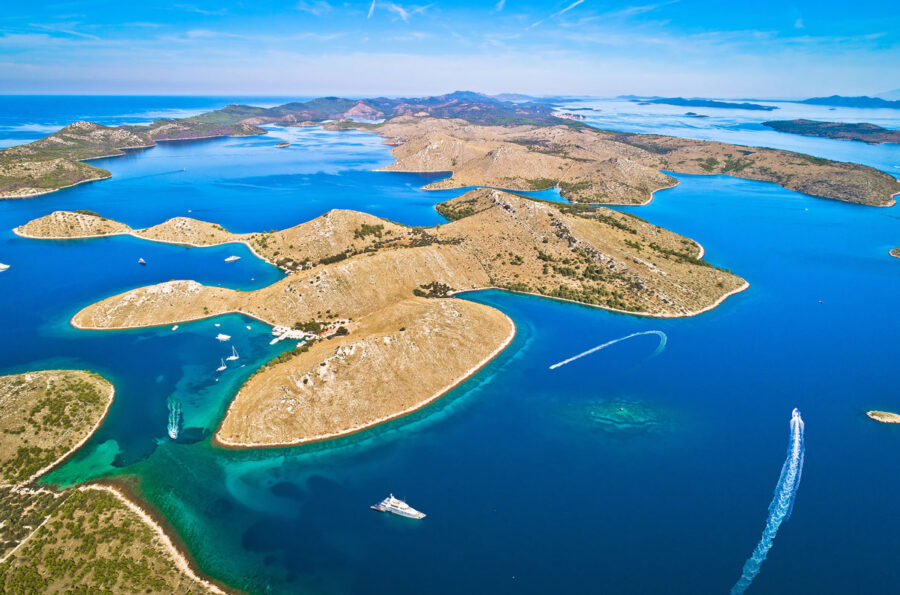
The waters around Zadar hide countless treasures. The Kornati Islands form a stunning archipelago of 89 islands, perfect for sailing and snorkeling adventures through clear blue waters.
Peaceful Ugljan Island sits just a quick ferry ride away. Its quiet villages and empty beaches feel worlds apart from busy tourist spots.
The medieval town of Nin, with its sandy beaches and ancient salt pans, makes for a perfect half-day trip. The shallow waters are great for families with small children.
Book guided tours to the dazzling Paklenica National Park, where dramatic canyons and hiking trails await nature lovers. The park offers both easy walks and challenging climbs.
Frequently Asked Questions
Split and Zadar each offer distinct experiences for visitors, from ancient Roman ruins to modern seaside attractions. These Croatian coastal gems attract travelers with their unique blend of history, beaches, and vibrant cultural scenes.
What are the top attractions to visit in both Split and Zadar?
Split’s crown jewel is Diocletian’s Palace, a UNESCO World Heritage site where ancient Roman architecture meets modern life. The bustling Riva promenade draws crowds with its cafes and street performers.
Zadar shines with its unique Sea Organ and Sun Salutation, two modern architectural marvels that create music from waves and light shows from the sun. The Roman Forum and Church of St. Donatus showcase the city’s ancient roots.
How does the nightlife compare between Zadar and Split?
Split boasts a more energetic nightlife scene with numerous bars and clubs concentrated around the old town and along the Bacvice beach area. The city keeps buzzing until early morning hours.
Zadar’s nightlife feels more laid-back, with cozy wine bars and casual pubs scattered throughout the peninsula. The Garden Lounge offers stunning sunset views while enjoying drinks.
Can you highlight the differences in historical significance between Split and Zadar?
Split grew from Emperor Diocletian’s retirement palace, making it a living museum of Roman architecture. The city’s historical core remains remarkably intact and inhabited.
Zadar’s history spans three thousand years, with influences from Roman, Byzantine, and Venetian rules visible in its architecture. The city’s layout still follows the ancient Roman street grid.
What are the transportation options available when traveling from Zadar to Split?
Buses run frequently between the cities, taking about 3 hours and offering coastal views. Prices are affordable at around $15-20 per trip.
Croatia Airlines operates flights between Zadar and Split airports. The journey takes 40 minutes but costs more than ground transportation.
Private transfers and rental cars provide flexibility, with the coastal drive taking roughly 2 hours along the scenic route.
How do the beach experiences differ in Zadar compared to Split?
Split’s Bacvice Beach buzzes with activity and features shallow waters perfect for playing picigin, a local ball game. The nearby Marjan peninsula offers quieter, pebbly beaches.
Zadar’s beaches tend to be less crowded. Kolovare Beach provides clean waters and good facilities close to the old town. The sunset views from these beaches are spectacular.
What unique cultural experiences can visitors find in Zadar and Split respectively?
At the Sea Organ, Zadar’s famous sunset brings people together each evening. Local markets also sell fresh fish and produce, giving visitors a taste of daily Croatian life.
Meanwhile, in Split, art exhibitions and markets are hosted in the palace basement. Street performers entertain crowds in the narrow limestone streets, while traditional klapa singing groups perform in historic squares.


